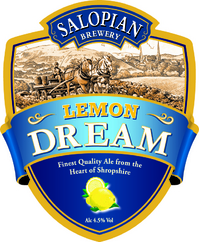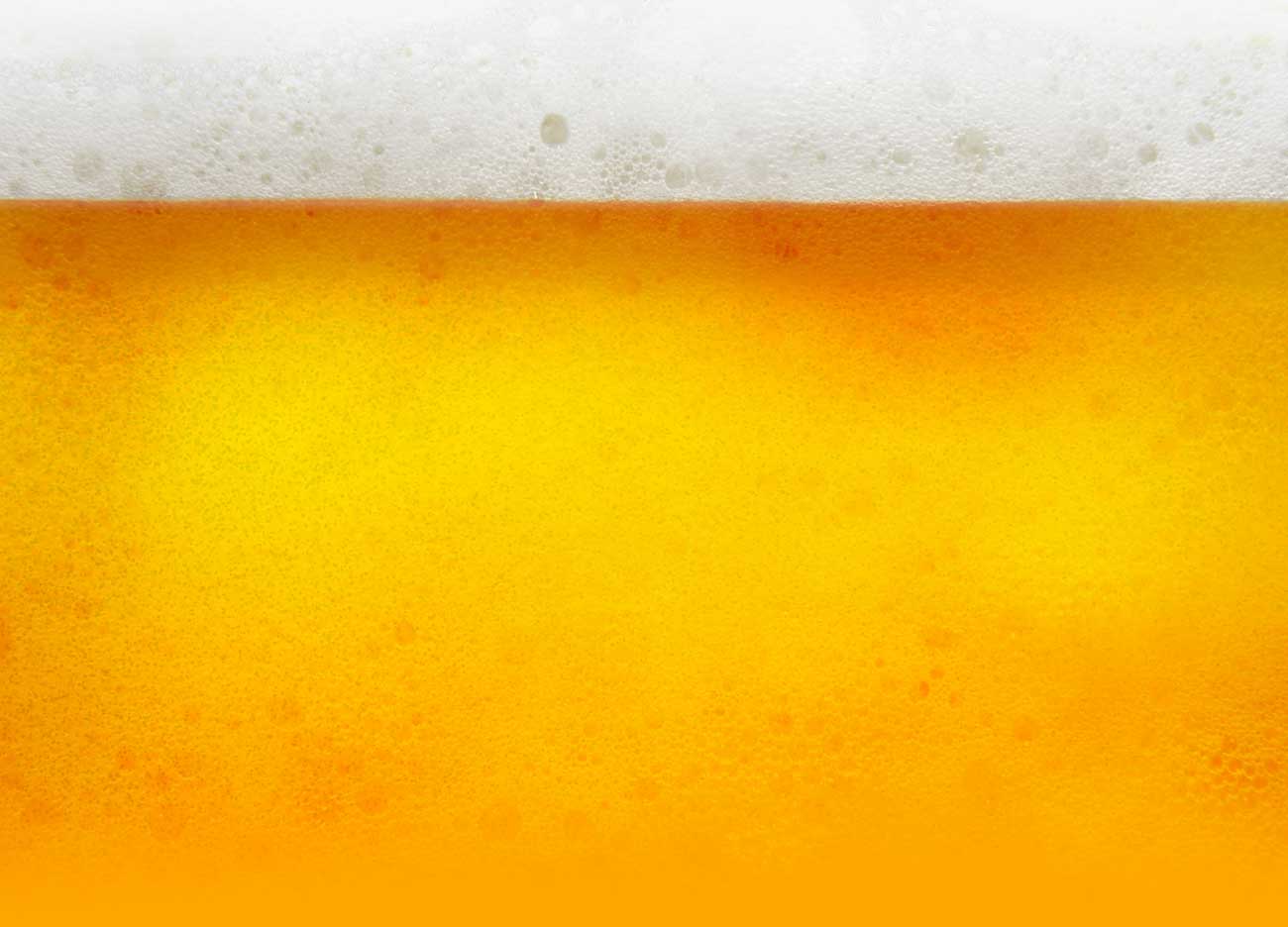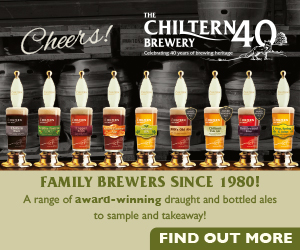Big surge in fruit beer sales: up 80%
Added: Monday, July 30th 2012
Fruit-flavoured beers are enjoying a great boom in Britain according to the market research group AC Nielsen. Sales grew by a remarkable 80% over the past year, making it the fastest-growing sector of the British beer market.
As well as imported fruit beers – mainly from Belgium – British brewers are also turning their hand to producing beers made with the addition of such fruits as cherries, raspberries and strawberries. This month saw the launch of Wheat Watchers, a raspberry-flavoured beer from Brewsters Brewery in Grantham, Lincs (see post below).
And spirit-flavoured brews such as rum, bourbon and tequila are adding to the trend. The fruit-flavoured sector is expected to grow even faster. According to Marston’s Premium Bottled Ale Report, published in June, flavoured beers account for 12% of the traditional PBA sector, which is worth around £470 million annually.
Two years ago, Tesco stocked just four flavoured beers but the chain now sells 16. Sales have trebled during that period. Tesco’s specialist beer buyer Chiara Nesbitt says: “The boom for flavoured beer has its roots in the recent ale and cider revivals. Over the past five or so years we have seen British drinking tastes diversify. The massive growth of ale with all its complex flavours and the cider revival are the best examples of this, as drinkers seek out different and more interesting flavours.”
The inspiration for fruit beers comes from Belgium. Lambic and gueuze beers are one of the world’s oldest beer styles and are made by spontaneous fermentation. When a mash of barley and wheat malts with hops has been made, it’s left in the brewery attic in an open pan or cool ship. Windows are opened and wild yeast spores in the atmosphere enter and attack the sugars in the sweet extract.
Once fermentation is under way, the liquid is transferred to giant wooden vessels where natural bacteria in the wood continue to attack the sugars. Lambic is aged for at least a year; gueuze is a blend of old and young lambics. Fruit lambics are the result of adding cherries or raspberries in the oak vessels: the natural sugars in the fruit create a further fermentation. Cherry lambic is known as kriek, the raspberry version is called either framboise or frambozen. As the fruit sugars turn to alcohol, the finished beers are dry and quenching, not sweet.
In Britain, most producers of fruit beer add the fruit during the copper boil with hops.
*Image on home page is the label for Cantillon Brewery’s Elderflower Lambic. Cantillon, in Anderlecht, is one of the most revered traditional lambic producers. Above, the pump clip for Salopian Brewery’s lemon-flavoured beer.









